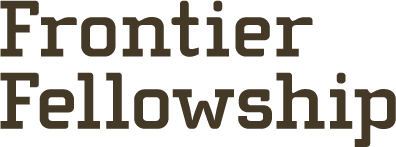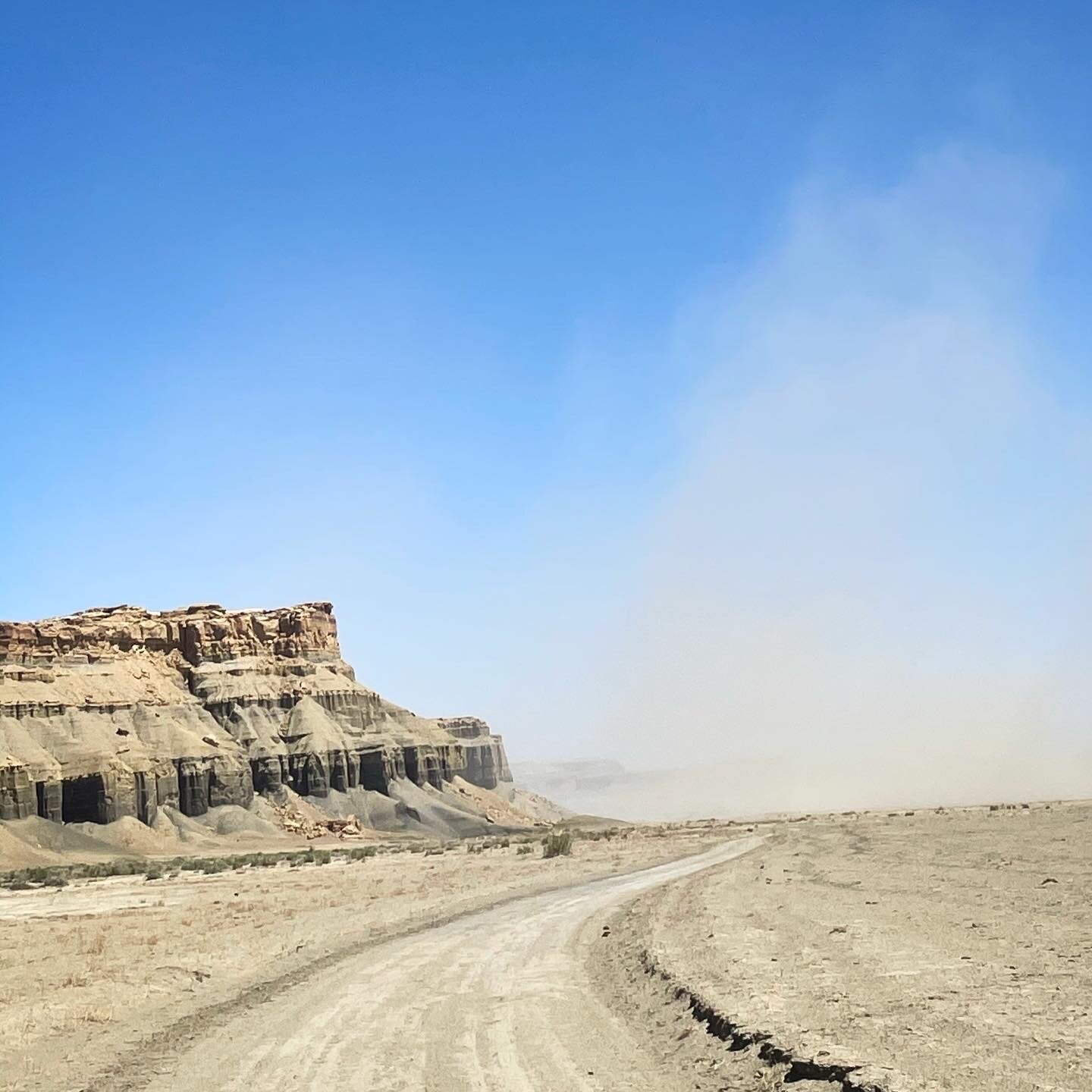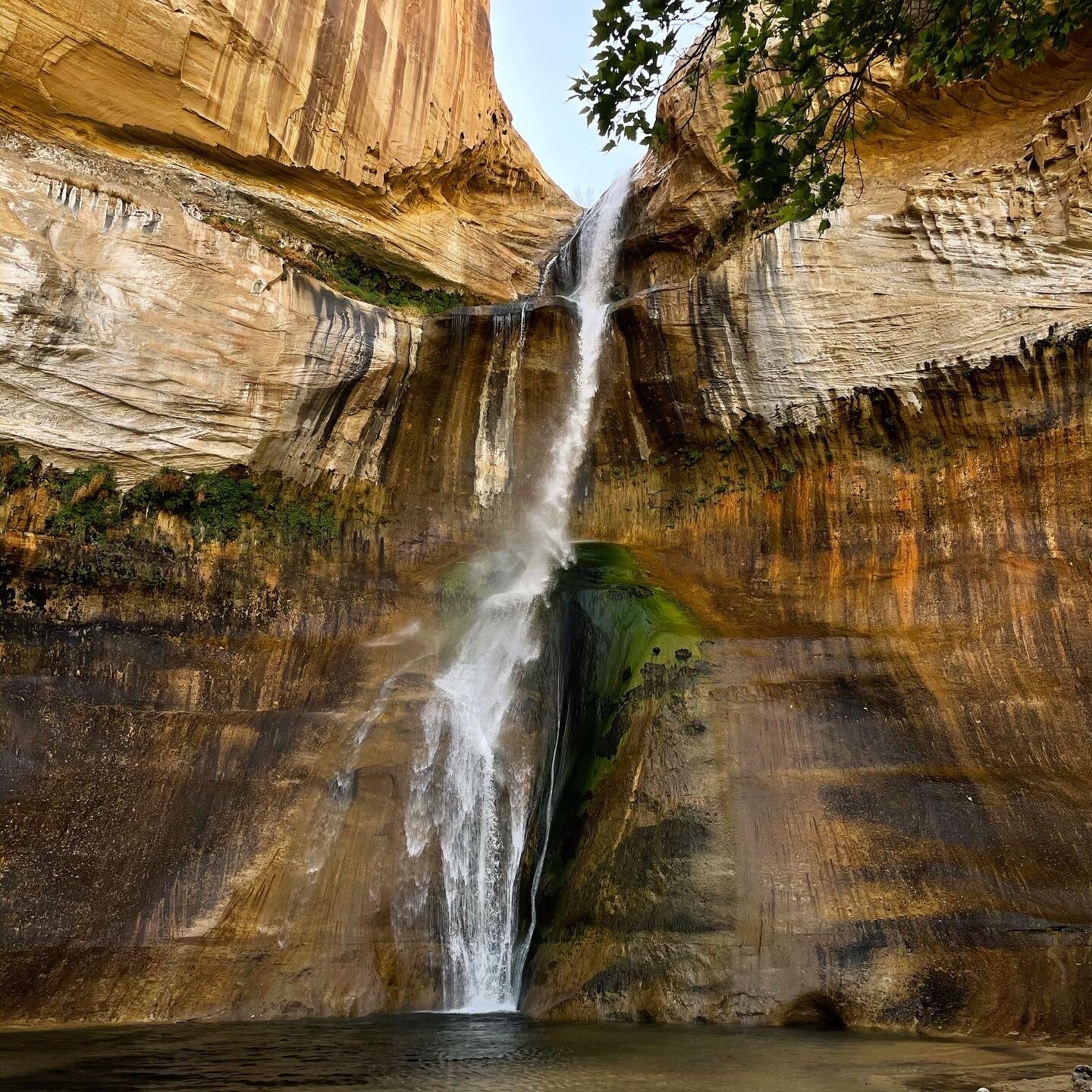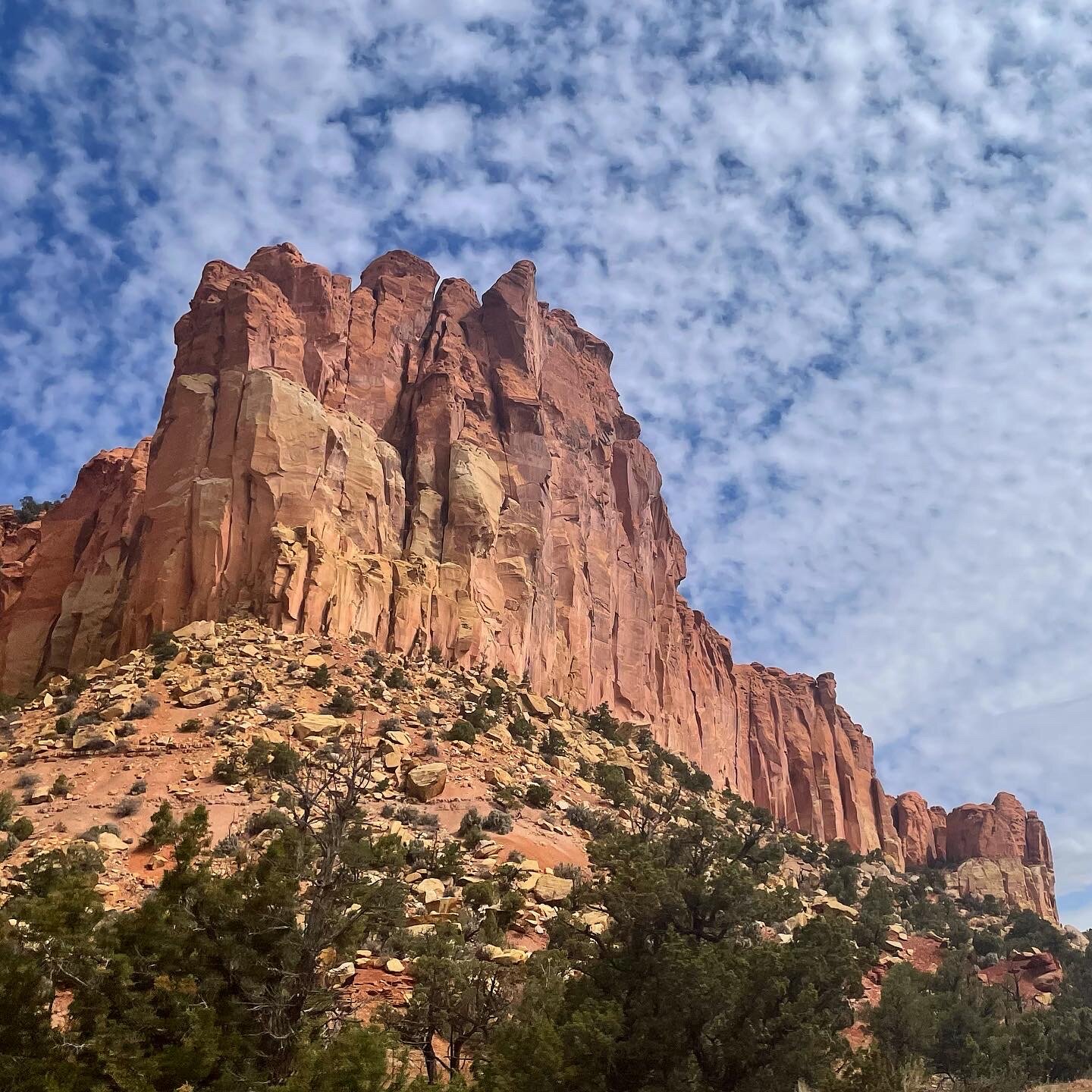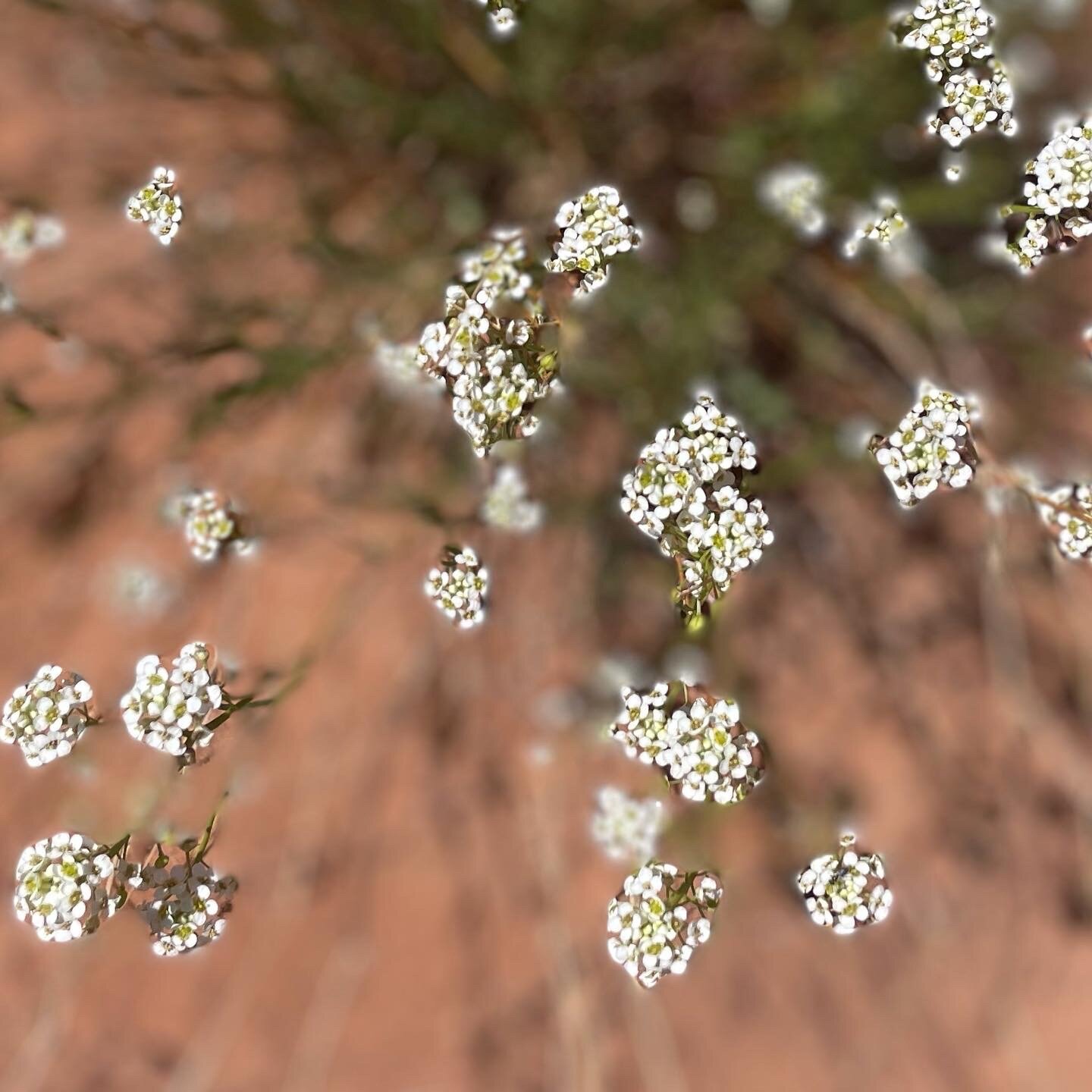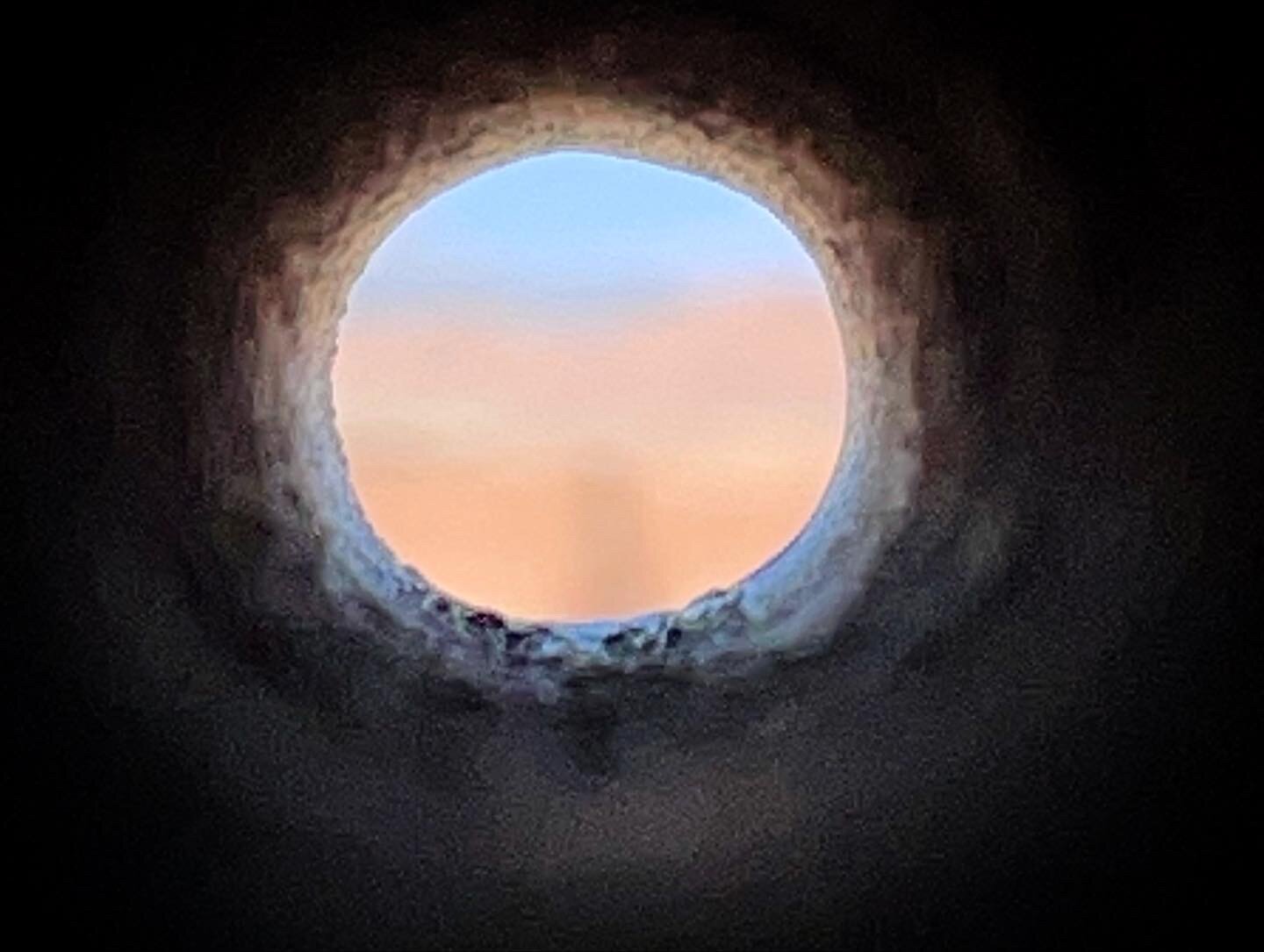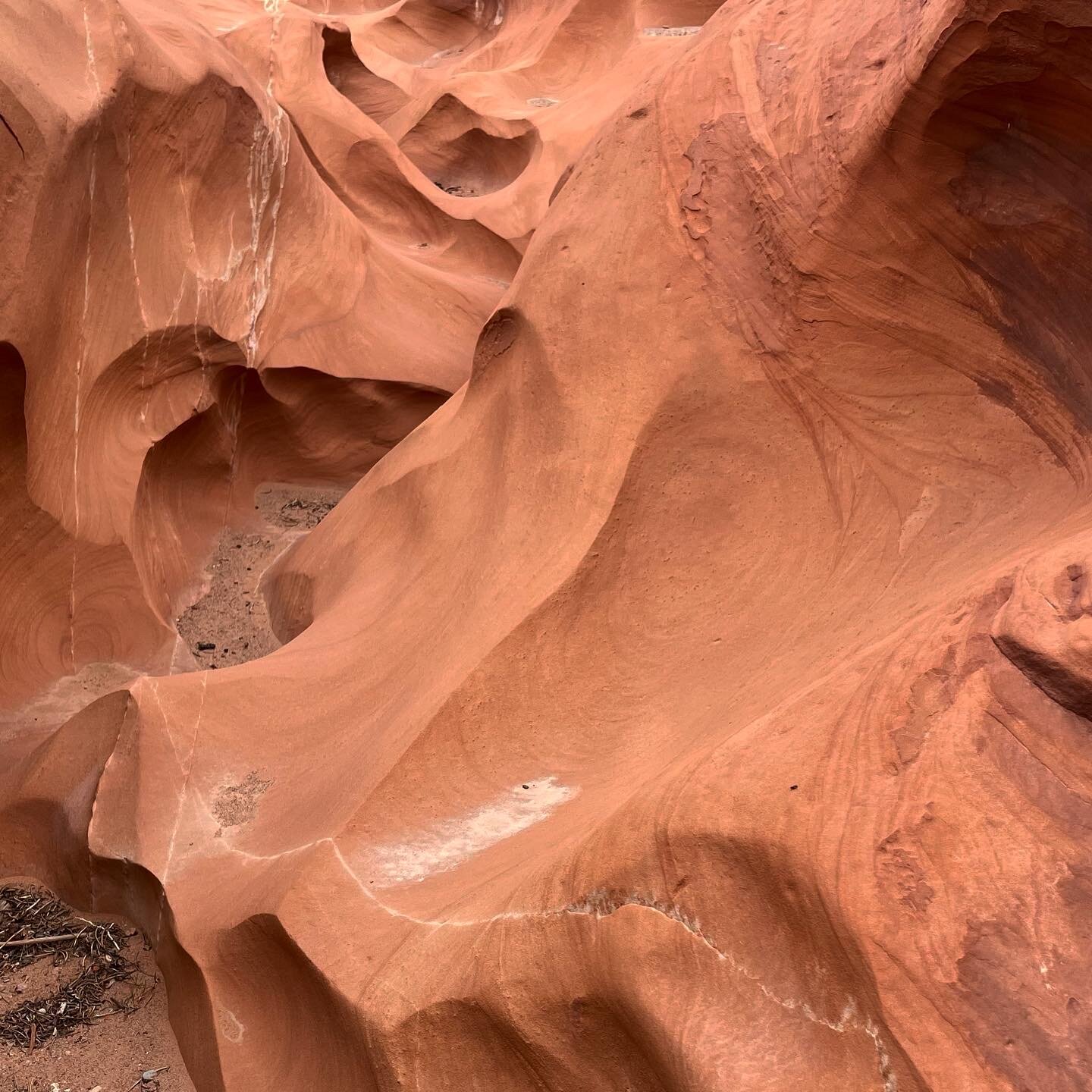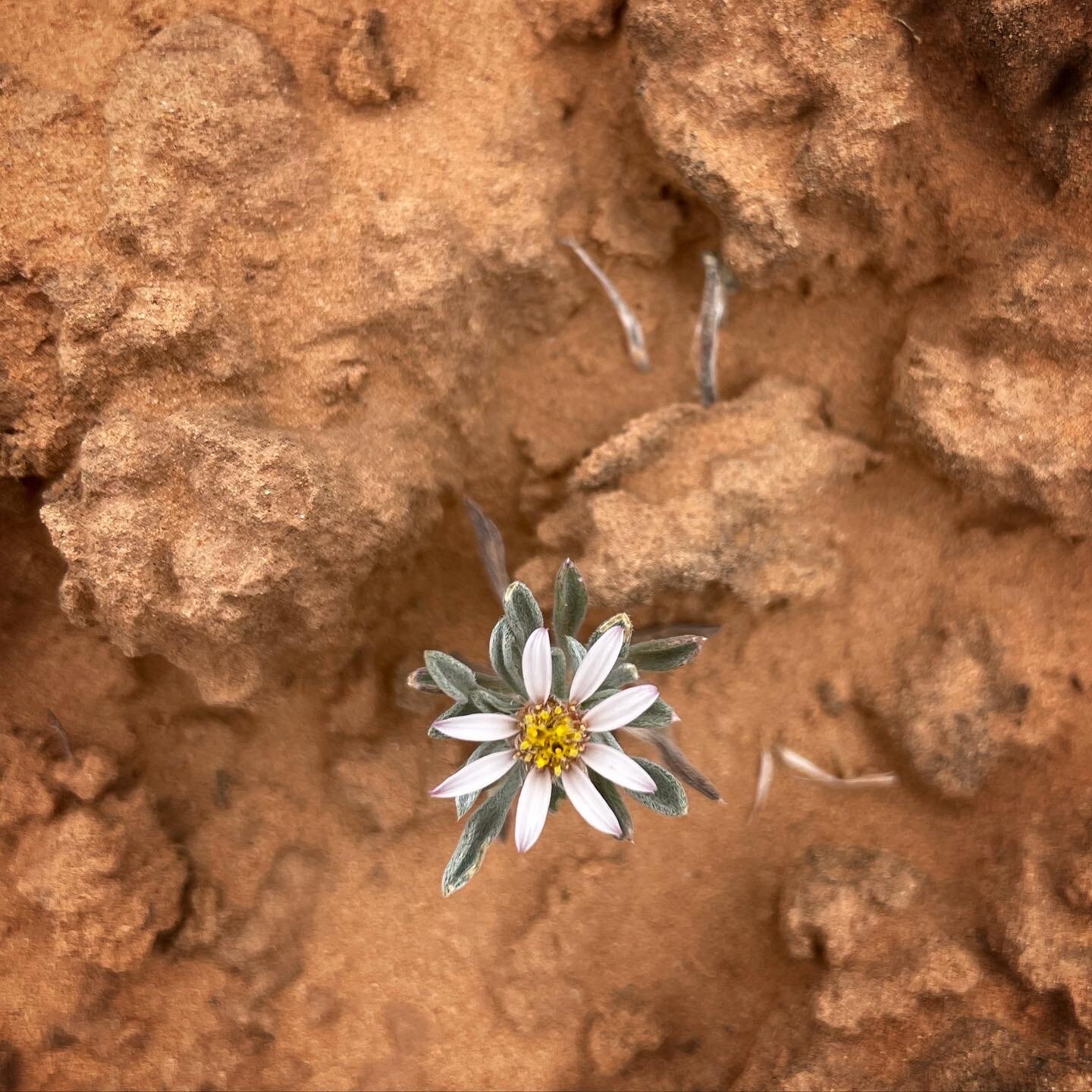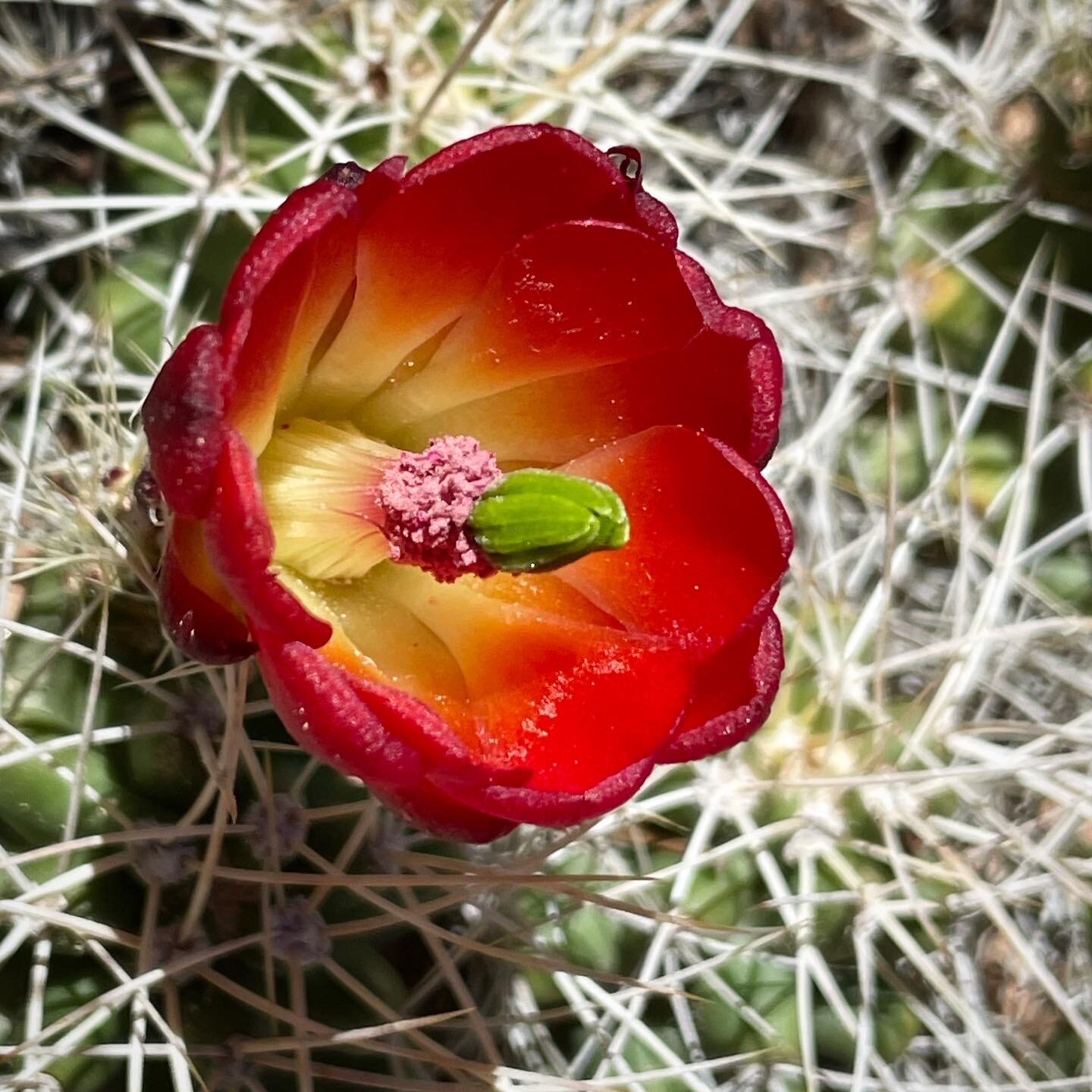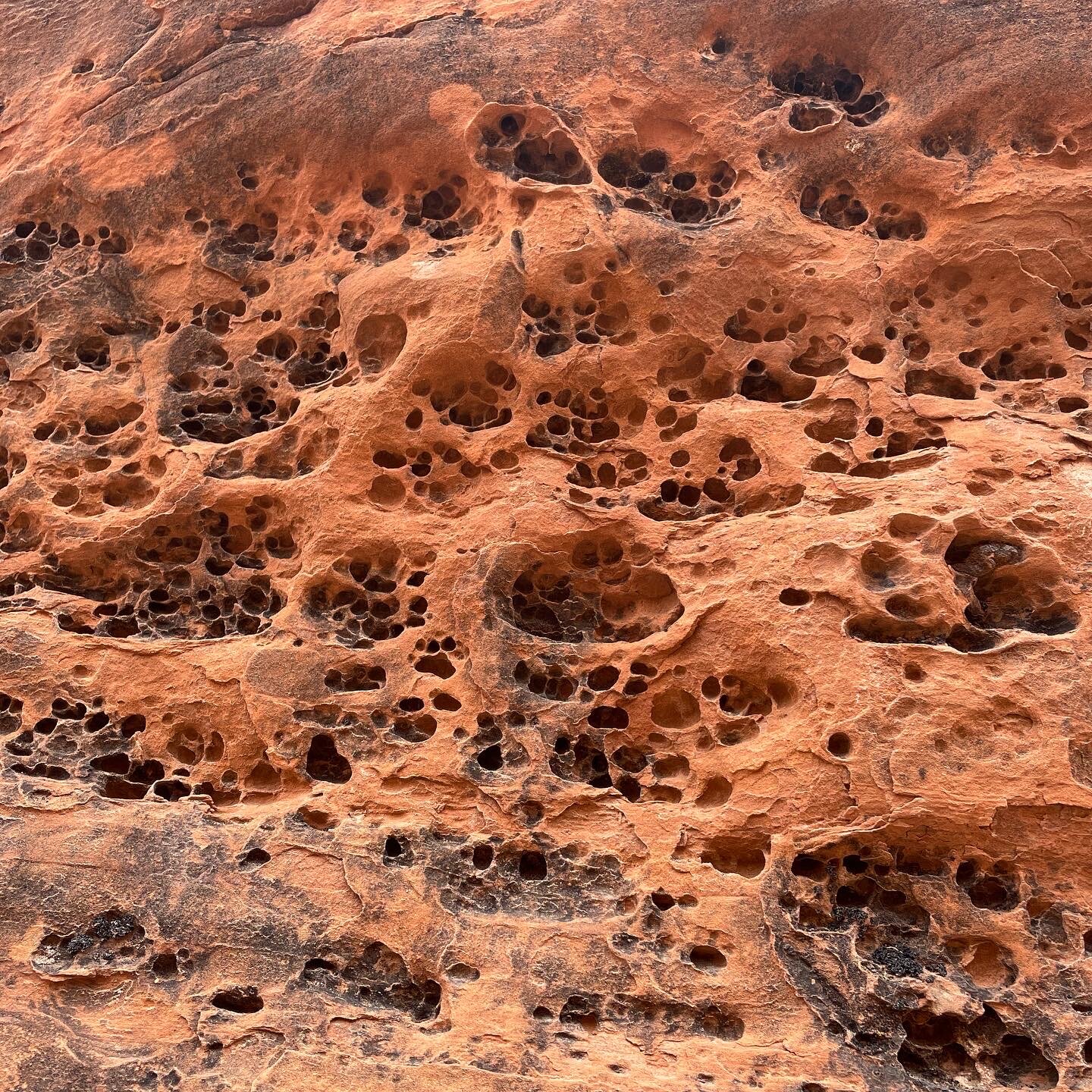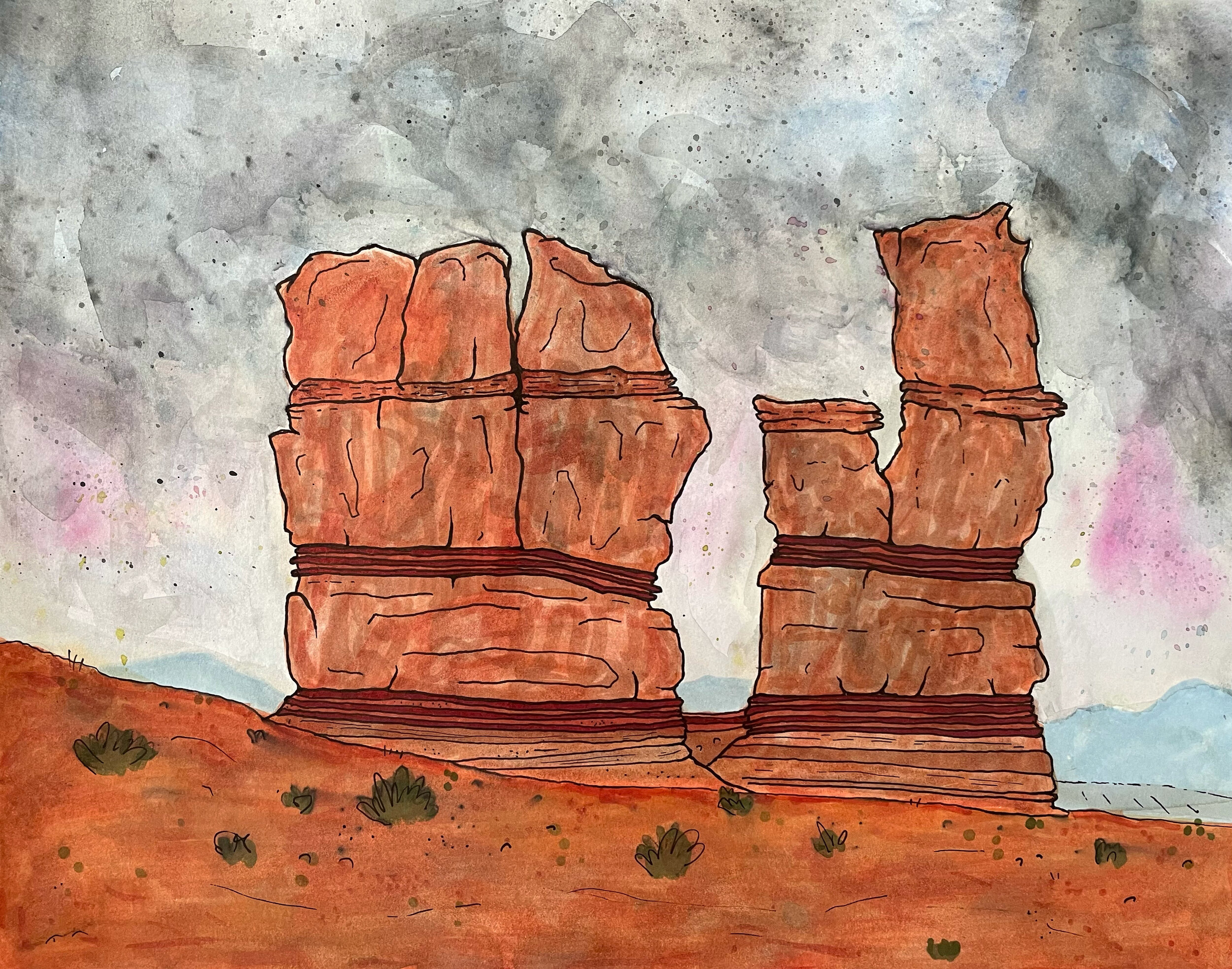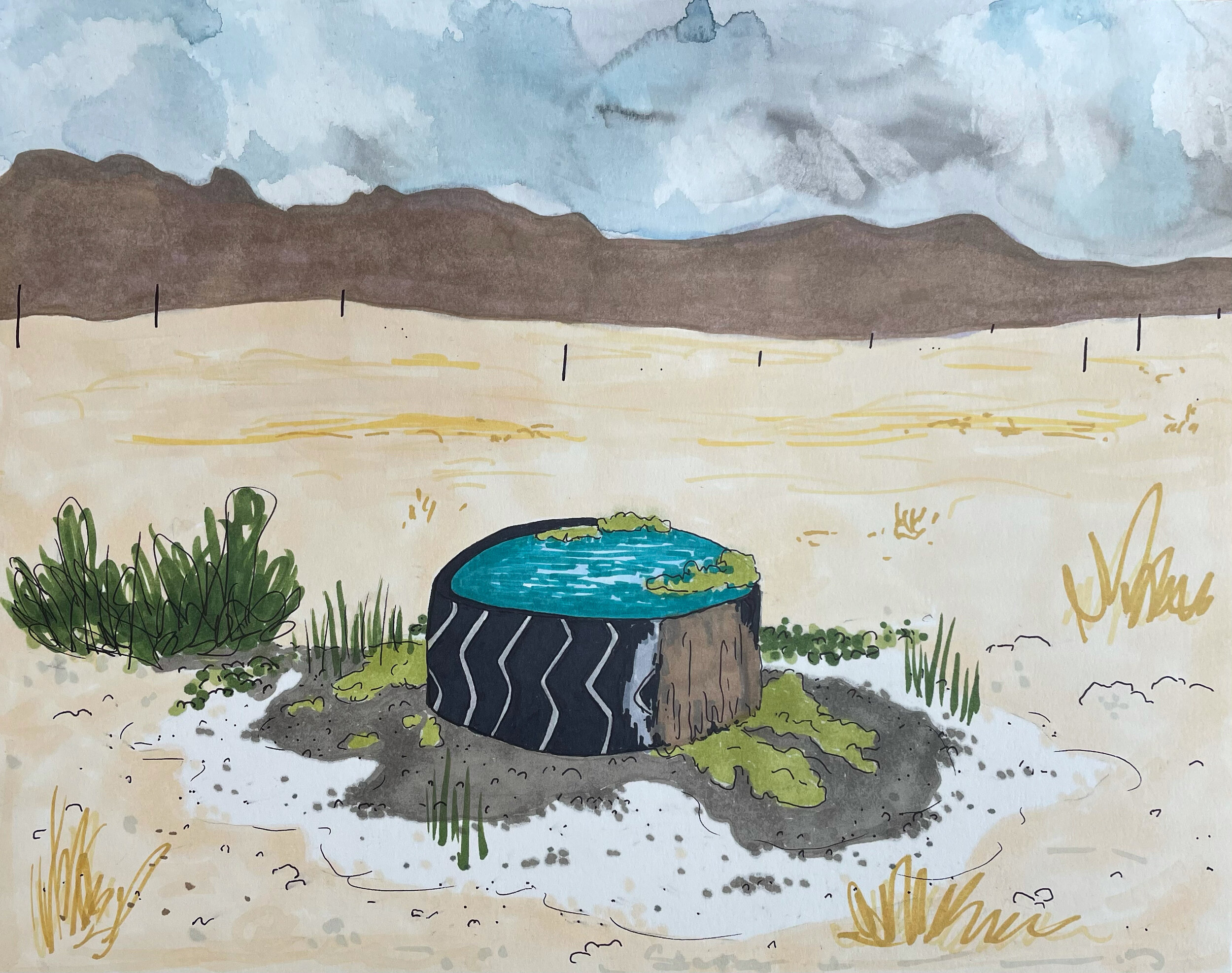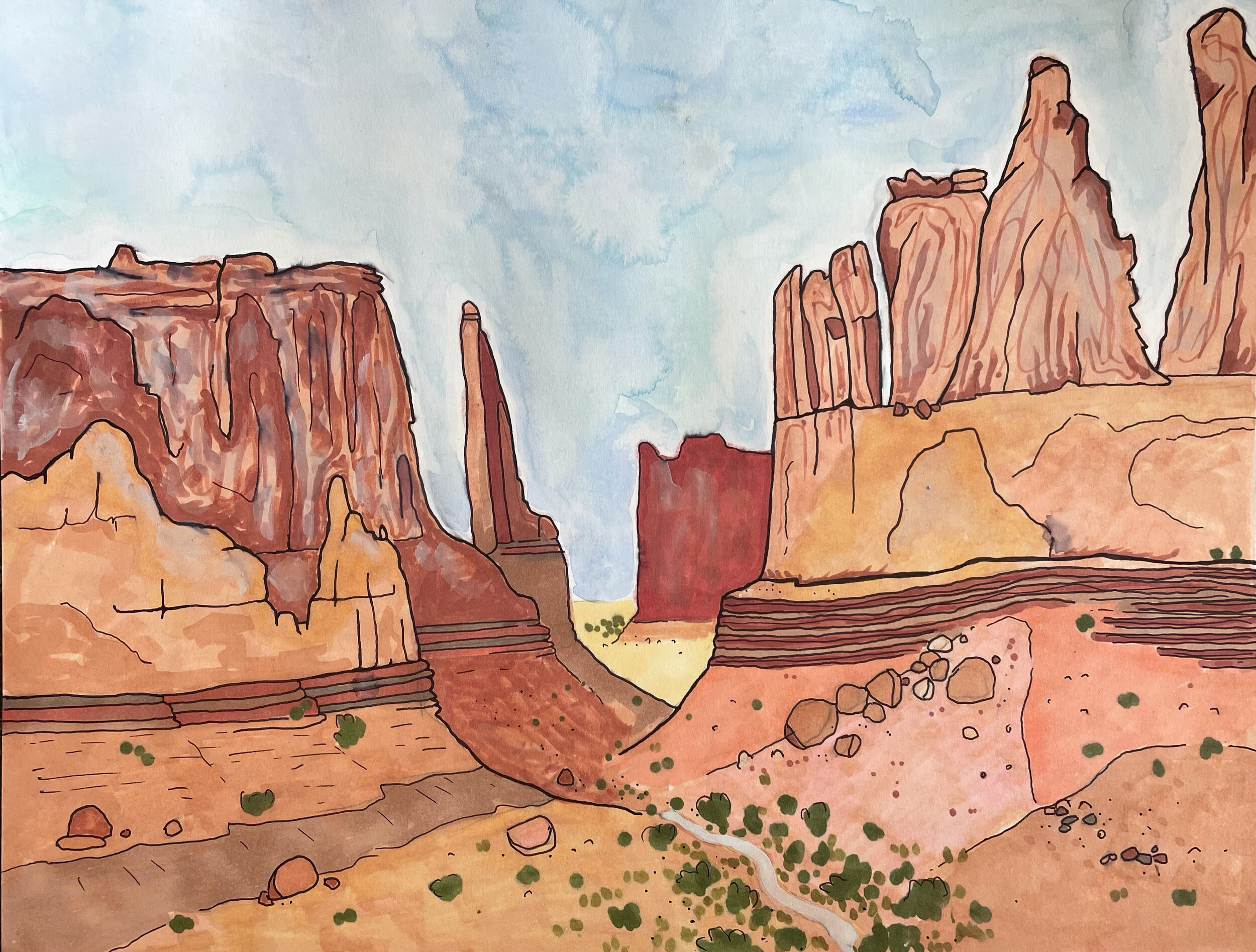Erin Elder

Erin Elder is an artist, curator and writer guided by interests in land use, experimental collaboration, and non-traditional modes of expression. Her research-driven projects take highly participatory forms, working with a broad definition of art to bring audiences into a direct experience of particular places. Her self-published books combine drawings and essays to explore various relationships to land and how they have shaped the American West. In addition to her creative work, Erin operates Gibbous, a consulting service that supports committed artists at pivotal moments in their careers.
When faced with a creative blank slate or when in unfamiliar territory, I usually begin by looking at land. After all, land is where we live and what we use. We are bound to it by gravity and necessity.
Land is the ground which unites us; it is the context for life on Earth, the resource for our societies, and the material form of the sublime. Land means different things to different cultures in different places, a paradox that complicates modern human relationships -- to each other and to place. Land is old; it has seen everything. Land can tell us a lot about the palimpsest of history but it hides even more.
At a distinct moment in human history, a certain group of European men created an economic philosophy that turned land into private property. Land was no longer an extension of oneself, a mother, or a thing with which to dynamically coexist; it became a source of capital and a means of control. With the inauguration of capitalism, land provided potential for great wealth. It was a resource to manage, made more profitable with workers, boundaries, and the measuring of assets. Land became a thing to measure and contain. Owned and bounded land became leverage for credit, a justification for slavery, and for some of these European men, land ownership was a divine right that rationalized the unceded seizure of the Americas from its Indigenous people. I’m desperate to understand these phenomena and I use my creative work to explore, interrogate, experience, and attune to the land-based beliefs that continue to shape our world.
The gift of residency is the freedom to experience place, self and creative opportunity. But with unscripted time and open expectation can sometimes come with a great deal of confusion, overwhelm, even existential crisis. After a few such experiences - in which I spent weeks wandering around new places wondering what to do - I developed a methodology for being an artist in residence that engages new places through an iterative research process with a discreet creative product. What has emerged is an episodic project called The Rites of Land that is made possible by residencies and takes the form of a book. Through physical exploration, historic and contemporary research, expeditions, reflection, writing and drawing, this approach aims to establish a framework for processing the experience of different places as a newcomer and an outsider.
The Rites of Land grows out of nearly 15 years of curatorial work related to land and land use. As a curator, my work has taken the form of exhibitions. But I’ve also designed bus tours, hosted experimental retreats, spearheaded camping excursions, led field trips, and for five years, I co-operated an off-the-grid residency program. These projects have brought audiences, artists and students into a direct experience of a place and of each other. Through these different platforms and programs, we’ve explored themes related to the built environment, the nuclear legacy, the power grid, property lines, real estate speculation, walls and boundaries, gentrification, capitalism, communes, collectivism, and coexistence.
The Rites of Land carries forward these concerns for land and the systems that have harmed, protected or changed it. This practice aims to identify the stories, relics, symbols, sites, and visual signifiers that might evidence a region’s multi-layered beliefs about land and its use. By identifying these literal landmarks (or lack thereof) this collection of research pieces together compelling stories about, for and with each site.
Though inherently incomplete, The Rites of Land is a personal gesture that confronts the mechanisms of ownership, and by extension, capitalism, colonialism, extraction and empire. It is an effort to cultivate empathy and belonging as part of a broader understanding of coexisting humanity.
So far, the Rites of Land has taken the form of two different books about two different places, each supported by a host organization. In 2017, I was at North Street Collective in Willits, California and in 2019, I was at Jentel in Banner, Wyoming. Up until now, each book has been deeply researched and contains about 20 drawings with as many short essays. Each book is about a specific region but does not aim to be a resource or a guide book; I see the books as curatorial exercises that make connections, create juxtapositions, demonstrate patterns and hopefully draw out curiosities. I hope to create a boxed set of five or six books; thanks to the Frontier Fellowship at Epicenter, southeast Utah will be the third region explored in the series.
Part of the motivation behind my work is to make space for complexity. I have hoped that this work would help me make sense of being a newcomer and an outsider while taking time to really listen, watch, and consider. In this increasingly polarized world, I think it’s important to get beyond the soundbites and the fake news and experience things directly, for ourselves. It’s a noisy world right now and everyone seems to have an opinion — instantly — about just about anything. I don’t want to have an opinion so much as I want to see things clearly. And because I learn best through personal experience, I try to physically put myself in the places where things have happened, where history is contested or covered over. The journey to these places is as important as the destination; throughout the process, I use all of my senses to feel what I can.
So much of this work questions how stories are made and told. I am concerned about what stories have disappeared, what has been intentionally erased. Where does the past go after it’s forgotten? How does storytelling shape a sense of place? I don’t have answers but I try to consider the function of memory, the truthiness of photographs, the bias of didactics, the presence of roadside signage, the finality of monuments, the voice of a narrator, and the impact of specific individuals.
The more I think about place, the more I think about time. Place and time don’t function in the same way. Places might change but they basically stay put, by virtue of gravity and other forces of nature. Time, however, races forward. It’s elusive and slippery and relentless. It has been extraordinarily bizarre to witness the nature of time and place in the context of this project. Part of my intention is to use the focus of art and research practices to stretch time. What took an hour to experience in real life required 3 hours to draw and maybe 4 more to write. Therefore, time has grown exponentially through the course of study and contemplation. I enjoy feeling one time scale unfurl even as another rushes past.
My fellowship in Utah has been split into two distinct moments on either side of a 14-month global pandemic. When I arrived in March 2020, I went about my established method of finding the industrial zones, the military sites, the museums and monuments, the local oddities. I was fascinated by Green River’s history of booms and busts and I began to weave together a story of place with threads of uranium and fruit, river travel and highway construction. After only a week's time, I was sent home with the assurance of an eventual return. The thought of completing the fellowship was like a light at the end of a COVID tunnel but as people started dying and the virus began to change our collective sense of the future, I let go of the story lines I was holding. To make sense of this new unfolding reality was enough.
In the year between leaving and returning to Utah, a lot happened, for all of us. The world shut down - literally closed its doors and hid inside -- for an unimaginably long time. People grew surprisingly accustomed to quarantines and masks and zoom-for-everything. What could no longer be stomached was systematized and racial violence. In my own city, protests erupted over a monument of Onate (our region’s most terrorizing colonizer) during which I witnessed the shooting of a fellow artist by civilian militia. When the monsoons did not come last summer, the cottonwoods of my riverside home began to break and die in astonishing numbers. In January, our nation’s capitol was stormed by an angry mob; a few weeks later my beloved dog, Mabel, died. At that moment, I cracked open like I never had and like I didn’t imagine I would. Perhaps the pandemic gave me space to go deep into the love and loss of Mabel; perhaps her death was a vehicle for processing the grief of our troubled planet.
All of this is to say that when I arrived in Utah the second time, I came with different questions, different curiosities, a wound to heal. And this time I came without housing. Due to COVID, Epicenter was no longer able to offer me accommodations in the Frontier house. In order to keep the project moving forward, we agreed on a supported 3-week van residency. And so as soon as I was fully vaccinated, I drove to Utah in my ruggedly converted 15 passenger church van full of camping supplies, an inflatable kayak, a pile of books and drawings materials. I was offered a driveway in which to park, with access to shower, kitchen, toilet and laundry. I was given a work space in Epicenter’s basement, which I accessed mostly on evenings and weekends. With this arrangement came the understanding that I would spend most of my time in the field, using Green River as a home base between several multi-day research adventures.
What is a residency without a residence? I’ve come to find that it is actually quite a lot. This fellowship has been an open door to the community and an invitation to learn about it from personal experience. The Frontier Fellowship has been just hands-off enough; without many limits, parameters, or expectations, I still felt looked after and cared for. I knew that if I got stuck or sick or maimed, someone from Epicenter would retrieve me. Otherwise, I was pretty much on my own!
Returning to Utah with three weeks of unscripted van time, I thought I would carry forward with my boom and bust program. Instead, I found myself tired of mining tales and Indian Wars. I felt less compelled to hunt down specific sites of human interference — not only were they not calling me, but many important historical sites are not reachable by van and would involve more time, planning, detailed maps, courage, or physical prowess than I had — instead, I became fascinated with the spirit dimension of land. Perhaps I’m influenced by the religious earthy fervor of Mormon settlers who sought to create a nation free of religious oppression. Or maybe it’s the sacredness of the region’s ancient rock art. Maybe it is Utah’s place names - Cathedral Valley, Dirty Devil River, Church Rock, Zion. Maybe it is the many times that people have called some place in Utah “the home of truth” or “the spiritual center of the universe” or said “this is the place” for building a heaven on earth. I am curious how the land speaks to people and what hearing it makes them do. In my fieldwork, I therefore sought out sites of religious or spiritual significance; I even encountered a few of my own.
Like millions of pilgrims to this part of the world, I too want to hear the earth’s voice. I, too, want a divine revelation. But I know enough to understand the danger of projection, of extraction, of exaggeration, of impatience, of packaging, of misinterpretation. While I don’t know enough to understand how to totally avoid these dangers, I know how to make myself open and vulnerable.
When you wander alone around a place like southeast Utah with some time on your hands, some gas in the tank, and your heart and mind wide open, things happen. My attempt to have an unfiltered experience of land drew me into the structure of biologic soil and into endless sandstone folds; it tempted me out onto cliff’s edge and down roads I shouldn’t have traveled. It also brought me into my deepest neuroses. Without radio or cell signal or companionship, the same damn song repeated in my head for weeks. So did the same damn thoughts or worries. Memories suddenly appeared from decades ago, parading through the canyons alongside unrequited love, unresolved embarrassments, nagging fears, even hideous self doubt. I had to practice mind control to simply survive myself! And while the neurotic moments are the ones that caught me by surprise, I also felt deeply nourished, inherently forgiven, freshly attuned to sound and touch, dumbstruck by beauty, dowsed in wonder.
And in this way, the revelations came. I feel grateful to have had Earth whisper in my ear (and in my nose, eyes, etc.) but its message is still too precious, too nascent, to share. I am still searching for ways to translate what was communicated. Amidst the ineffable, though, I found an abiding love for myself and an acceptance of my mortality, my childlessness, my fractured ancestry, maybe even of the dying planet. I found a comforting oneness, even in the uncomfortable moments. Caught in a sandstorm, for instance, my lungs, eyes, teeth, and innards became coated with dust. Another time, I inhaled a cottonwood seed that became lodged in my sinuses until, what, it dissolved? Within no time at all, my arms were sunburnt the color of red rock. I discovered the incredible nature of shade. I had conversations with the wind. As these experiences accumulated, I felt I was becoming more earth. And now, as I attempt to make sense of those moments, I am realizing that we are always and already earth.
In Utah, I traveled 2500 miles, took hundreds of photographs, made a handful of drawings with plans to make more. I had an experience that will take some time to unpack. After a week at home, my thoughts are less of a jumble and I am eager to spend the next several months tending to them, sorting them, blowing life into their scattered embers. If I can keep the muses and spirits of canyon country alive, I believe that the emergent book will be something powerful.
Please stay tuned for the forthcoming edition of The Rites of Land by joining my mailing list or following me on instagram. I hope to have it available by the end of 2021.
Thanks, Epicenter, for hosting me during this truly special encounter with the wilds. I hope my continued work can do justice to the incredible frontiers with which, thanks to you, I am becoming a fellow.
